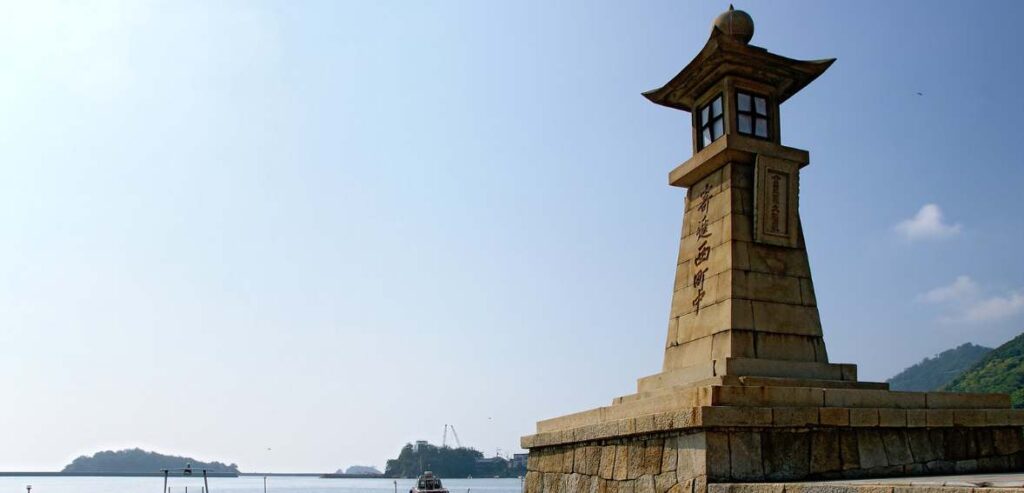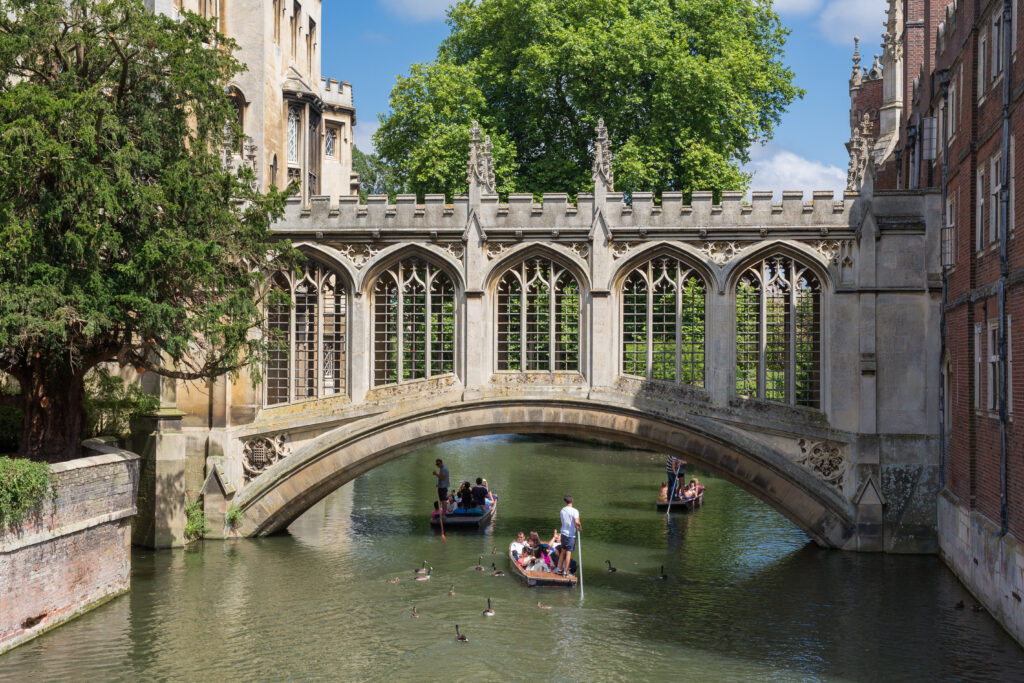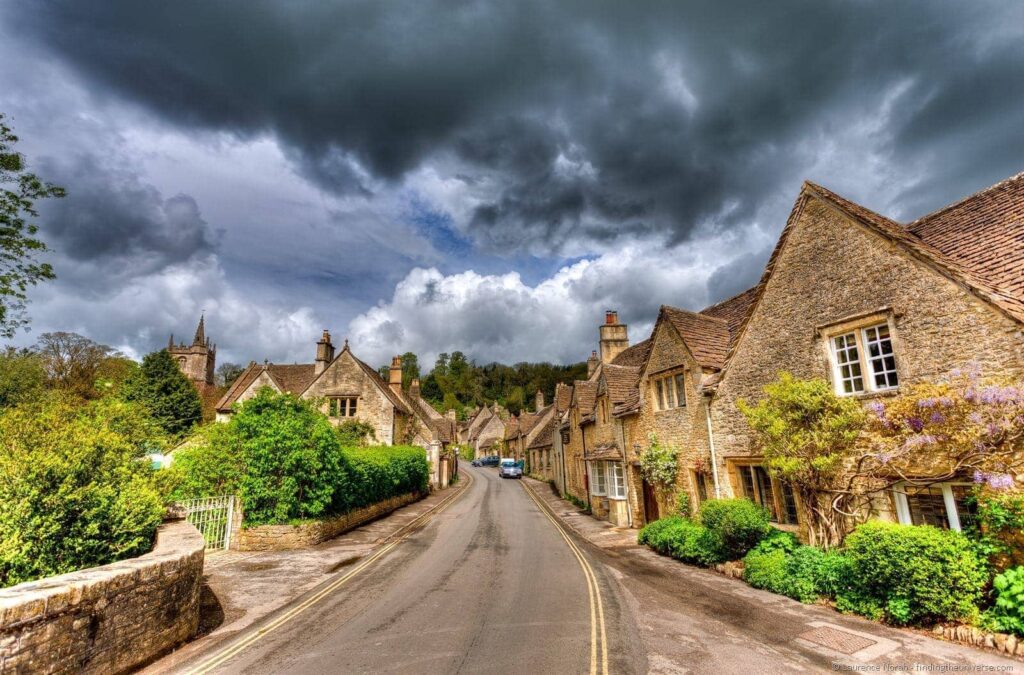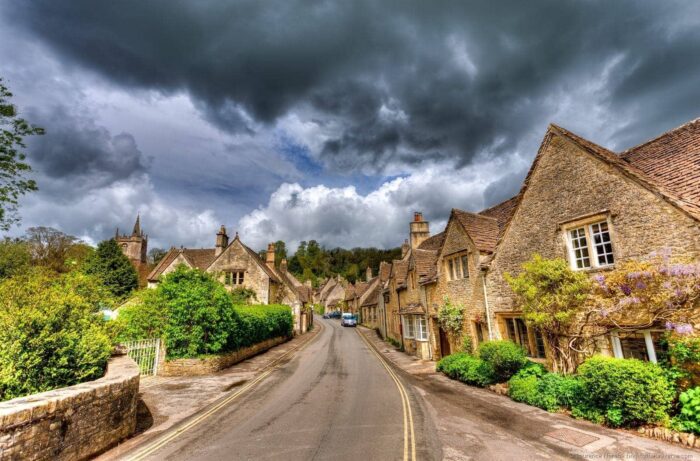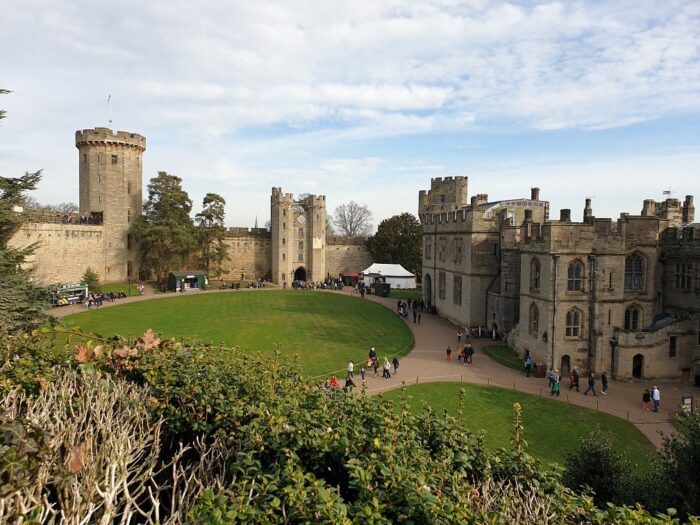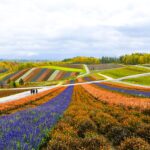Now Reading: Day 3 (Stonehenge, Avebury & Lacock)
-
01
Day 3 (Stonehenge, Avebury & Lacock)
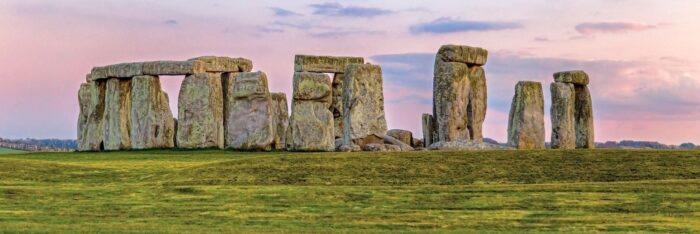
Day 3 (Stonehenge, Avebury & Lacock)
After an early start to the day, we headed straight for Stonehenge to arrive just as the site opened at 9 AM. Even at this early hour, there was already a crowd gathering outside the roped off pathway leading up to the famous stone circle. As we walked up the grassy hill, I felt a rush of excitement to finally see these 5,000-year-old stones in person. In this post we talk about our Day 3 (Stonehenge, Avebury & Lacock).
As I got closer to the towering stones, I was astounded by their size and complexity. The outer circle, made of 30 upright sarsen stones topped with 30 lintels, forms a continuous ring enclosing the inner horseshoe and trilithons (two uprights with one lintel) in the center. Gazing up at the impossibly heavy sarsen stones, I wondered how on earth Neolithic people without modern machinery managed to haul them here and erect them. Scholars still debate exactly how they accomplished this incredible feat of engineering.
As we slowly circled the stones, their geometric alignment along the northeast-southwest axis and the sunrise became clear. I could easily imagine ancient peoples gathering here to observe solar and lunar cycles and perform rituals and feasts timed to those events. Even as hordes of visitors now walk where ancient priests and their congregations once stood, an air of mystery and deep history surrounds Stonehenge.
After exploring every sarsen stone and trilithon, we strolled along the avenue leading northeast from the stone circle. Archaeologists have discovered numerous burial mounds lining the 3-kilometer avenue, supporting theories that Stonehenge also served as an elaborate cemetery complex. We walked the avenue until we eventually re-boarded our coach to continue our stone circle tour at nearby Avebury.
Pulling into Avebury, the first remarkable feature we spotted was Silbury Hill – a 40-meter tall prehistoric mound made from hundreds of thousands of chalk bricks. Just as mysteriously as Stonehenge, no one knows exactly why Neolithic builders devoted such efforts to making Silbury Hill. Archaeologists have found some human remains there, leading many to believe it was used for burial and ceremonial activities. We admired the perfectly cone-shaped hill from afar, then headed into Avebury village for lunch at a cozy country pub before touring Avebury Henge itself.
After a hearty meal, we walked through Avebury to approach its massive henge and stone circles. As we passed through the outer embankments and ditches, the stones suddenly emerged in front of us. What immediately struck me was how Avebury’s stone circles are set within the village itself. The Red Lion pub, the church, and cottages are all built inside the Neolithic earthworks!
We entered the southern inner circle, which contains the largest sarsen stones at Avebury. Walking up to the towering stones, we spotted faded carvings of daggers and symbols on some of them. Images were clearly very important to Avebury’s Neolithic forebears. This sanctified landscape still draws modern-day Druids and pagans who see it as a gateway between worlds.
I craned my neck up to admire the largest stone in the southern circle nicknamed “The Barber Stone.” At over 6 meters tall and weighing nearly 100 tons, its scale rivals the sarsens at Stonehenge. Geologists have traced some of Avebury’s sarsens to just 15 miles north on the Marlborough Downs, indicating they required less distance to transport than Stonehenge’s. Still, organizing their erection was no simple task.
We slowly wandered through Avebury’s northern and southern inner stone circles, past burial mounds and into the huge northern outer circle. Along the way, we paused to touch the stones themselves, marveling at the individual personalities of each towering form. Some stones are slender and pillar-shaped while others look squatter. Studying them, I gained profound respect for the Neolithic builders who selected and designed this awe-inspiring site.
Our final stop of the day was Lacock village and abbey. Pulling into the central square, it immediately became clear why Lacock is often a filming location for movies and historical TV dramas. Its half-timber and stone cottages lining the stream look perfectly preserved from centuries past. As we wandered along the narrow lanes crossed by three old stone bridges, I was delighted by the chocolate-box quaintness of village life in Lacock.
Saved from dissolution by William Sharington in the 16th century, Lacock Abbey now stands as a central feature in the town. We made our way to the cloisters and grounds of the abbey, taking photos beside the arched Gothic windows that line the colonnades. Leaving the abbey through the vineyards, we passed a stone barn used to distill Lacock Abbey’s famous botanical and elderflower handcrafted spirits.
After checking into our inn housed in a converted 16th century coaching inn, we enjoyed a farewell pub dinner with our travel companions. I will long remember this day immersed in deep ancient history spanning Stonehenge stones to Avebury circle and the medieval charm of Lacock village. Over piping hot fish and chips, we reminisced on the entire tour from start to finish – and seeing British history come to life before our eyes. I hope you like reading Day 3 (Stonehenge, Avebury & Lacock).



